* This article was originally published here

Step into the Internet Marketing Blog that reveals real strategies behind viral traffic, smart funnels, and sustainable online growth. Learn top SEO tactics, content hacks, and affiliate tools used by leading marketers. Stay ahead with trend insights, boost engagement, and turn ideas into action. Whether you're starting out or scaling up, this blog delivers nonstop value and inspiration. The roadmap to your breakthrough begins here — dive in now!
One of the best ways to increase your profitability? A/B split testing. Google Ads has a feature called the Experiments where you can create custom experiments for your campaigns and compare how your test group performs against your original campaigns (control group) over time.
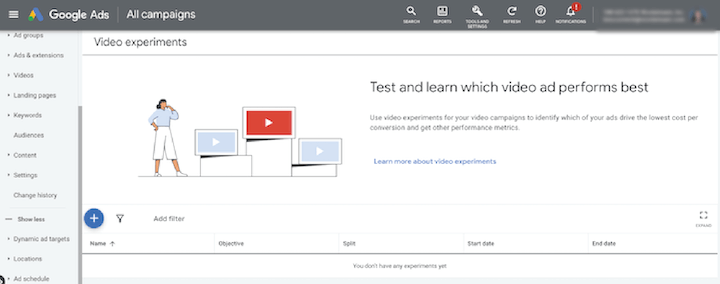
Only problem is, this is only available for Search and Display campaigns. Not for Shopping. Luckily, I’ve come up with five ways you can test multiple variations of your Shopping campaigns, which is what we’ll be diving into in this post.
A/B testing product information like titles, images, or extensions can be useful for optimizing your product feed
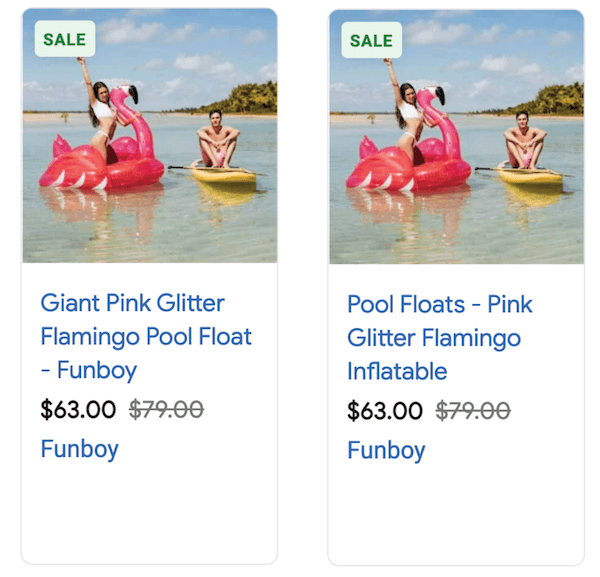
This can be done in the set-up of your feed, either via a feed management tool or manually in Google Merchant Center. Once you’ve decided what you want to test, you’ll need to create equal groups of products. This can be done in several ways, I mainly use the following two methods:
With a cluster analysis you’ll divide based on historical performance (e.g., dividing your products into equal groups based on metrics like clicks, revenue, costs, and conversion value). You can do this via spreadsheet for smaller datasets or in R (or other programming languages) for larger datasets.
A random split can be done based on the ID of your product. For example, if you use numeric values as product IDs, you can assign group A to all even numbers and B to all uneven numbers.
The most important thing while splitting your products is to make sure that all groups of your experiment have an equal number of products and that your key metrics are also very close.
Once you’ve made the split, make the changes to the product IDs in your test group. Make sure you’re able to report on all of your product IDs and corresponding groups. This way you can analyze them and find winners. Below you can find an example of how this would look in your feed.
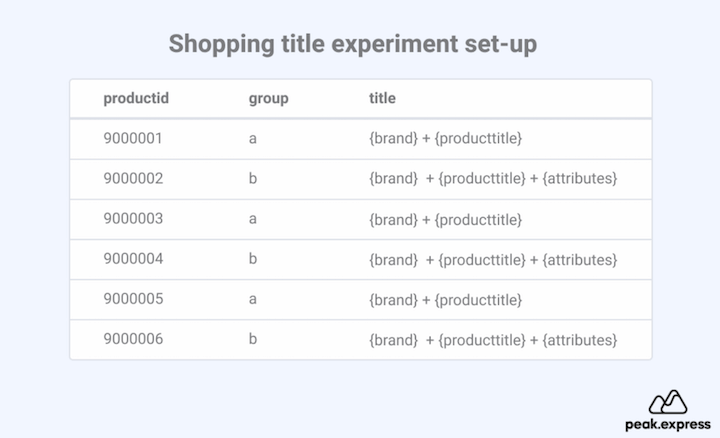
If you want to split test campaign settings like ROAS, targeting, or different campaign types, you’ll need to make splits based on something other than product IDs. Ideally, you’ll want to offer the same products in both your control and test groups because performance can vary by product. There are three different splits you can make to test your settings. Just like the test set-up on product content, creating equal groups is key. With all methods, you need to do the data cluster analysis yourself. Create two or more equal groups and analyze based on the differences.
With Customer Match, you can target first-party audiences in Google Ads. It works by uploading a list of email addresses from your existing database that you want to target, and Google will match those email addresses to Google accounts.
If you’re using Customer Match, you should be able to create a cookie split in your CRM software. Then you can create two different campaigns using two different Google Customer Match Audiences. Change the setting that you want to test in your test campaign, and keep everything else the same in your control campaign. And that’s it.
Note: If you’re using Customer Match, make sure you have a third campaign running for all potential customers that are not inside of your database. This way you don’t lose any potential conversions.
Geo splits are often used to find incremental uplifts in campaigns. This could answer questions like: Is there incremental value in advertising on branded keywords?
In a geo test, a market is divided into smaller geographical regions called geos. Each geo gets assigned either a control or a test group. Users in the test geos are exposed to the changed campaigns while users in the control geos are served the control campaigns. The split can be done on country or region, as long as both regional groups are highly correlated. You’ll need to use the cluster anaysis to determine your groups.
In a campaign split, you simply divide your campaigns or accounts into two highly correlated groups. Both groups need to have an equal number of key metrics like clicks, conversions, and costs.
In one group of campaigns (test group), you make the changes while in the control group your current best practices will serve. If you label and track the different groups of campaigns, you can tell something about the differences in performance.

Budget and bidding strategy are two settings you could test.
That’s it! Five different ways to run A/B tests for your Google Shopping ads:
The quality of the outcome is dependent on the quality of your preliminary (cluster) analysis and setup. What you get out is what you put in. Hopefully this helps you with the optimization of your Google Shopping campaigns. If you try any of these methods, share the results in the comments! For now, have a wonderful day and keep optimizing!
The post 5 Crafty Ways to Split Test Your Google Shopping Ads appeared first on WordStream.
Inspirational Instagram posts say August is the Sunday of summer (cursive font over a summerscape photo).

Someecards says August is a whole month of Sunday nights.

We say August is 30 days of opportunities for creative marketing. And we have over 60 creative August marketing ideas to prove it—for blog posts, social media, events, promotions, and more—plus real examples to inspire you. Let’s get into it.
Holiday lists
Ideas based on
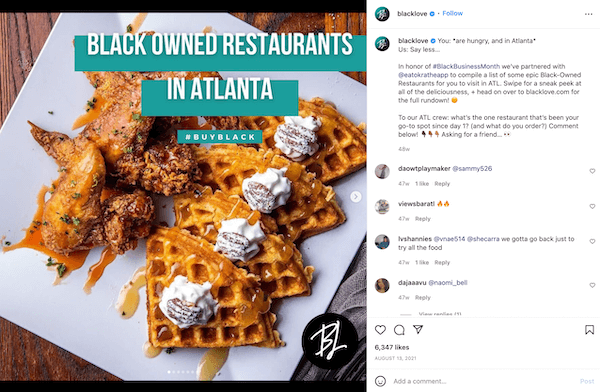
See the full list at the bottom of this post!
For community-friendly marketing
For positive/inspirational marketing:
For DEI marketing
For straight-up marketing
Fitting diversity, equity, and inclusion in your marketing is a year-round best practice for growing businesses, but here are a few ideas specific to August:
Black Business Month was founded by John William Templeton and Frederick E. Jordan in 2004. Use this as an opportunity not to just support the Black-owned businesses, but to get into the habit of doing it year-round.


Women’s Equality Day occurs every August 26 to reflect the date women were granted the right to vote in the U.S. in 1920. However, there are many other hurdles women have overcome, and are still fighting, today. Have your business take part in honoring this day with these ideas:
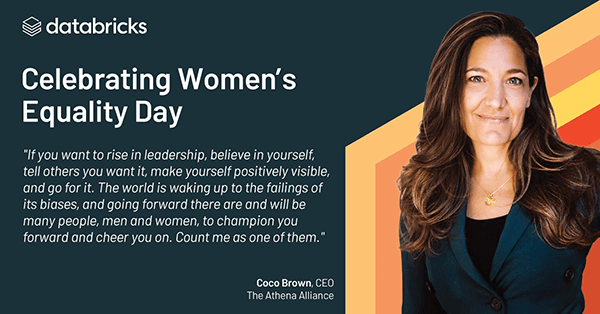
As you can see from the different categories of observances, you can appeal to all kinds of emotions in your marketing. Use these ideas to connect with your audience in a more meaningful way than any of your competitors.

Back to school season and January are friends. Go wild with all the fresh-start, back-in-gear, goal-setting themes you used in your January marketing (repurposing opp?)

According to Amazon, “seeking simpler living” is the latest trend in consumer behavior. As a business owner, take this time to clean out clutter (virtual and physical), and organize your mind and workplace before the September storm hits.
As for marketing ideas:
Life is as broad as it gets, so anything related to simplifying works here.
Here is where you can get real creative with your August social media posts and marketing initiatives.
This day gives a good excuse for promoting referral programs and running BOGO sales promotions. You might also use catchy taglines like “You never know how many friends you have until you own [the product you provide].”
On this day in 1786, the US monetary system was established. A nice history lesson, but also a great marketing opportunity.
There are readers in every audience. Share a post on social media recommending your favorite reads, top industry influencer authors, or asking for recommendations from your followers. Your audience likes opportunities to share their input, you like post engagement, everyone wins.
It is National Wellness Month, after all. Ideas:
On August 14, 1945, President Truman announced the end of WWII. The national pride, can-do spirit, and eagerness to step up and play their part is not only what made this victory possible but also that which laid the groundwork for future generations. The Spirit of ‘45 is a great platform for inspirational blog posts, emails, and social media posts.

On World Humanitarian Day, we recognize those who lost their lives working for humanitarian causes. Incorporate this into your marketing by:

This modern-day humanitarian is tackling Africa’s electricity crisis. (Image source)
There’s nothing wrong with a Mother Theresa or Gandhi quote, but featuring newer individuals provides an opportunity for both you and your audience to learn about the current crises the world is facing.
Even though these folks get year-round senior discounts, why not throw an extra one in the mix on this day?
Many local secondhand stores are part of nonprofits that fund needs in the community or even worldwide. Consider running a clothing drive to give your audience the opportunity to make a difference while cleaning out their wardrobe (perhaps to simplify their lives…see #4).
Or, for businesses NOT in the clothing industry, publish mission-statement-friendly posts like these:

This holiday recognizes women in web development. Recognize #womenwhocode, do an employee spotlight on a female developer, or donate to learnerships like GirlCode

The creative marketing possibilities are endless for this day.
Many state fairs happen in the fall, so plan ahead and see if you can get on the list!
More of a tip than an idea, but get your Labor Day marketing in order, especially if you’re running a special only during that weekend. September sneaks up fast!
Whether you’re heading into fall with gusto or dragging your feet, your marketing needs to stay consistent and strong! Use these ideas to engage your audience, attract more customers, and stand out above your competitors.
Ready for more monthly marketing ideas? We have a post for that.
And finally, for a year’s worth of marketing ideas, check out the full marketing calendar from LOCALiQ.
And now, as promised, the expanded list of August national days.
Diversity, equity and inclusion
All things family
Vertical specific
Community
Positive/inspirational
Patriotic
Social
Fun/funny
Niche/nostalgia
Dog appreciation
Compassionate
Sales
The post 60+ Easy & Engaging August Marketing Ideas (With Examples) appeared first on WordStream.
Different business websites have different goals depending on their core offering, business model, and industry. But website visitors, well we apparently have one goal—to judge them, and mercilessly.
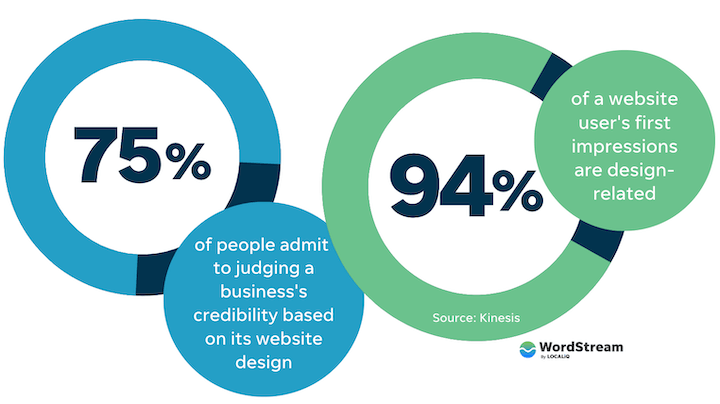
75% of people admit to judging a business’s credibility based on its website design. Emphasis on the admit because in my opinion, that 25% just isn’t admitting to it. And that’s just the first impression. If you’ve gotten visitors to stay on your site, now it’s up to the user experience and website copy to keep them there and get them to take the actions that support your business goals.
So, what makes a great website? Let’s take a look at 17 website examples from a variety of industries to find out—from copy to creative and everything in between.
In the past, websites were mainly for big businesses with big budgets. But with today’s technology and tools, they’re feasible for businesses of any size. These small business website examples are from the IT, health, and real estate industries.
Beast Code is a small-to-medium-sized technology company that develops software solutions. Now as a tech company and with a business name like that, I had high hopes for this site, and it did not disappoint—and not just with the spaceship homepage and warfighter tagline.
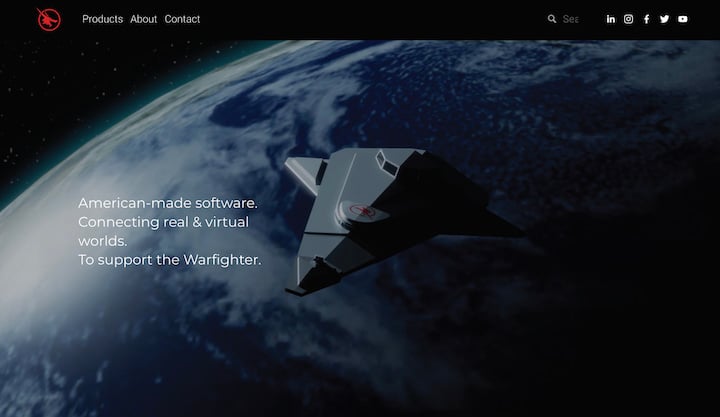
We start off with Aledade, a primary care physician partner that has a mix of offerings—practice management support, partnership programs, an app, and more—for private practices, group practices, and community health centers. But despite having a complex offering and audience, the website does a great job of guiding visitors.
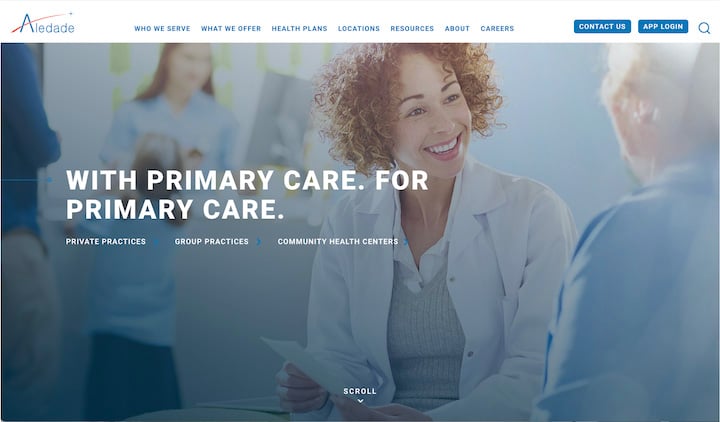
With this website example, we have yet another excellent visual first impression, but this time back on earth. What you’re looking at below is the homepage for Frisbie, a small real estate company in Palm Beach.
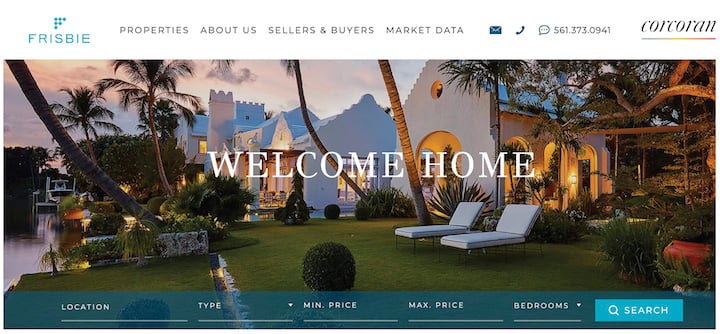
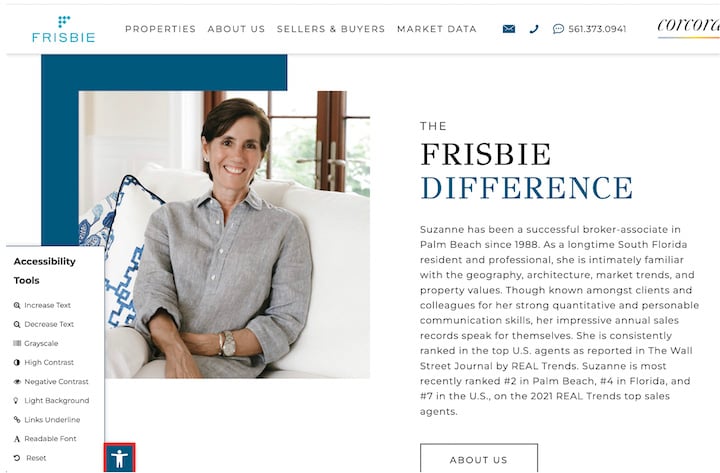
Ecommerce websites are sort of their own animal, especially if you have a lot of products to offer. Here are a few examples from a range of verticals.
Gopuff is not your typical grocery delivery site. In the same way that Tend (above) does dentistry differently, Gopuff creates a unique online grocery/convenience store shopping experience.
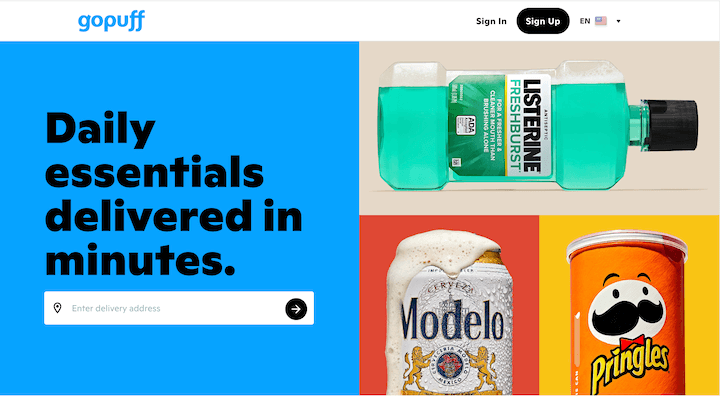
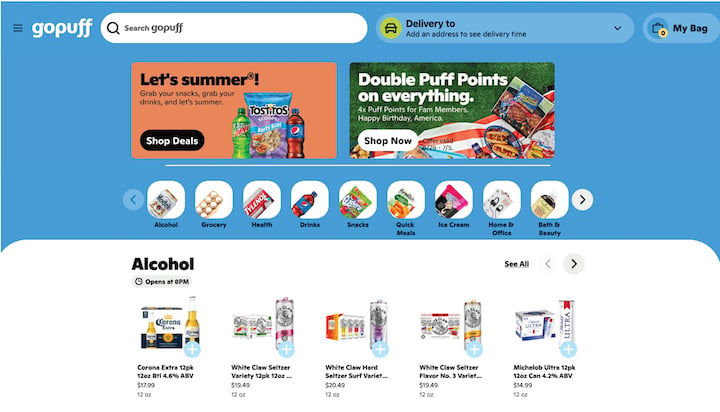
Zumper says that “today’s rental experience is broken. It’s outdated, exhausting, and slow” and is on a mission to “change the way you rent, forever.” I think they’re off to a great start.
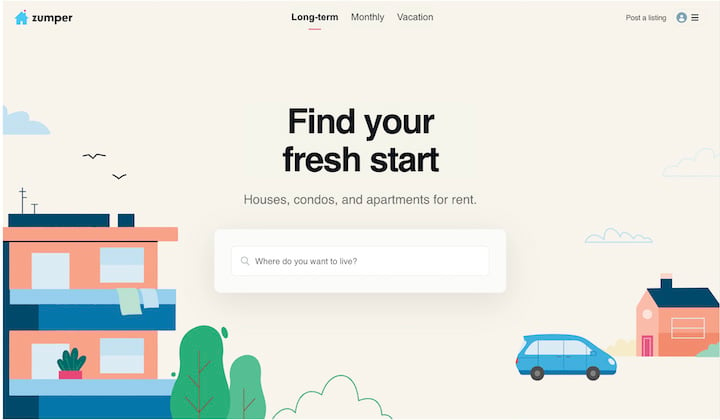
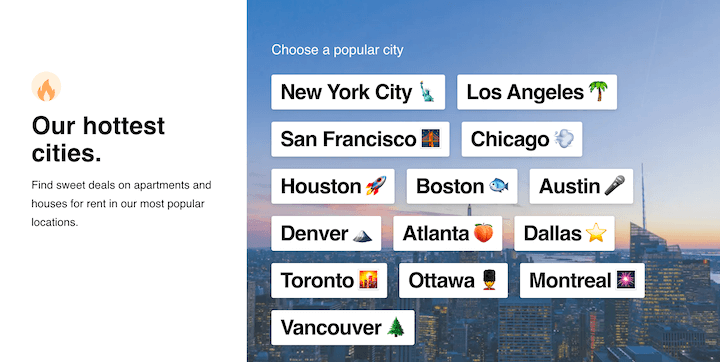
Subtle Asian Treats—a play on words from the popular Facebook group—is a great example of a super small ecommerce business website.
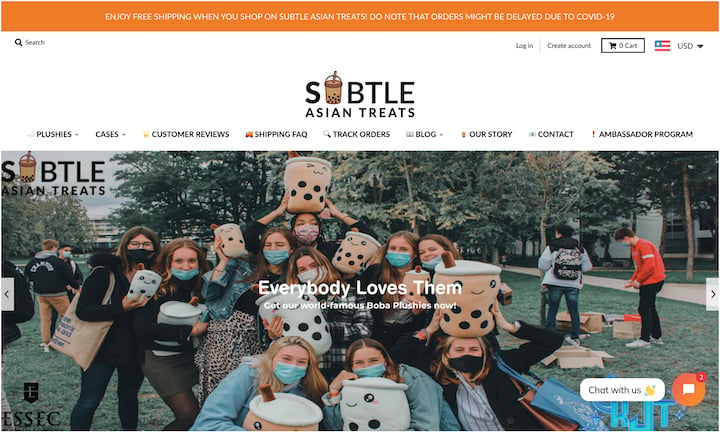
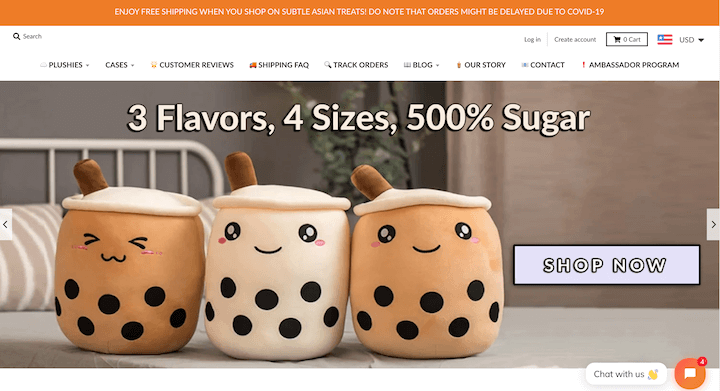
Get an instant website audit—for SEO and more—with our free Website Grader!
Lead gen or service-based business websites have different goals from an ecommerce sites. Here are some examples from businesses big and small.
For most businesses, it’s best to stick with the traditional layout and design of other sites in your industry. But as a design company, you can get away with going against the grain. After all, you want to show off what you can do. Now a screenshot here doesn’t really do Born & Bred’s site justice because it’s the scroll experience that really makes it cool, so be sure to check it out.

Moving on from design, we’ve got a dentist website example next—and a really cool one. Tend’s tagline is “Dental done differently” and we can see that right away on the homepage. Let’s take a look.

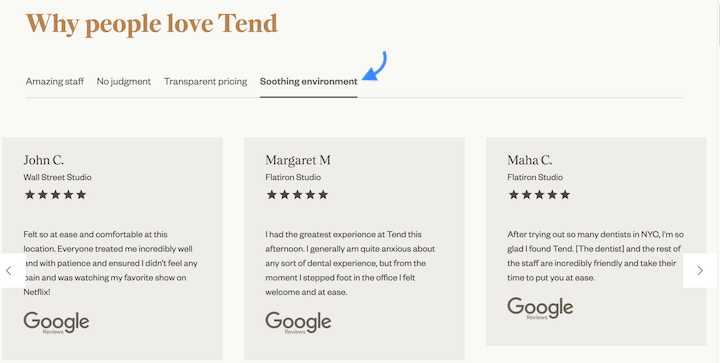
Just like with a design agency, the website of an advertising agency needs to be top-notch, and Eleven does not disappoint. Again, screenshot does not do the homepage justice, but you can still get a taste of this captivating site’s flare.
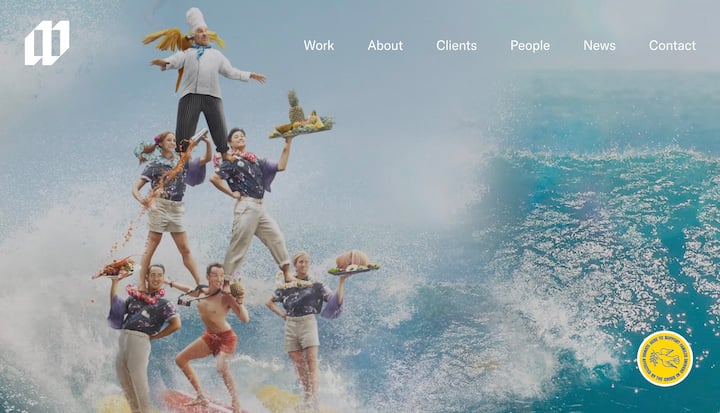

SaaS websites can be tricky because you want to demonstrate what your platform can do but without overwhelming visitors. Chartbeat does a great job with this through its illustrations and concise copy.
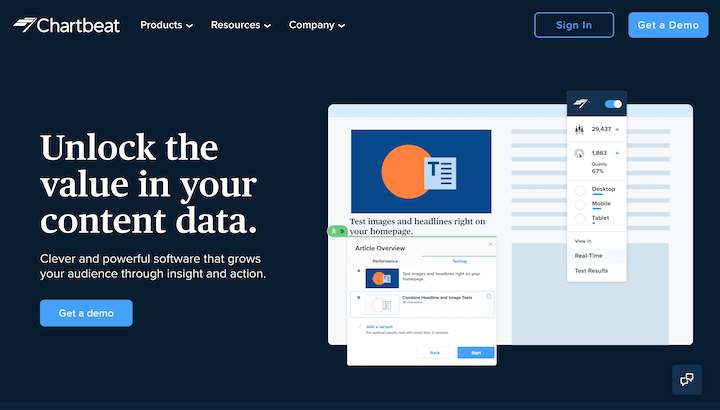
Portfolio websites are used by students and professionals to showcase their work and provide an extension of their resume. Designers, developers, photographers, event planners, and models are just a few of the many trades that use portfolio-style websites.
Chinelle Rojas is a self-portrait photographer, logo designer, and entrepreneur with a very cool portfolio website. Enter in and you feel like you’ve stepped into her world.

This is a resume-style portfolio website example by a web developer named Brittany Chiang.
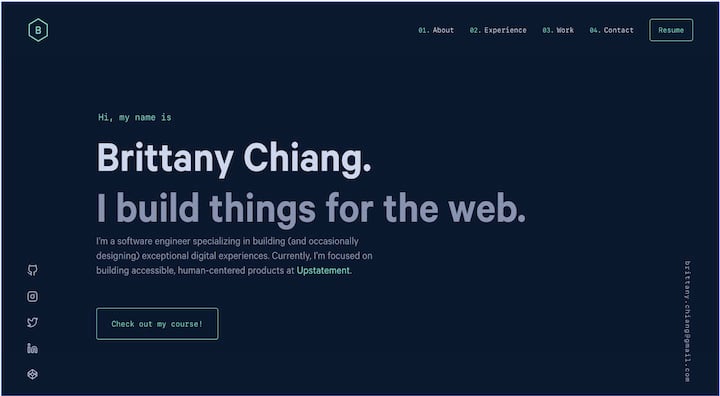
Our last portfolio website is from prolific designer Karim Rashid. It’s sort of a hybrid of a portfolio website and a business website.


Our last group of website examples are nonprofits. You’ll notice that even though they’re nonprofit, they’re still conversion-focused, where the conversion action is to donate.
When you arrive at the Operation Underground Railroad website, you can immediately understand its loud and clear, zero-tolerance, go-to-any-lengths mindset.
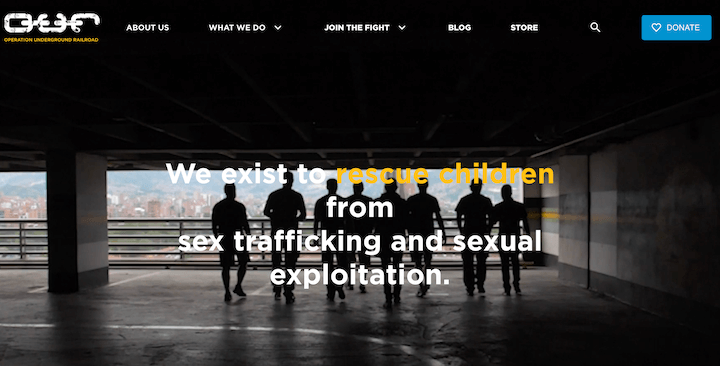
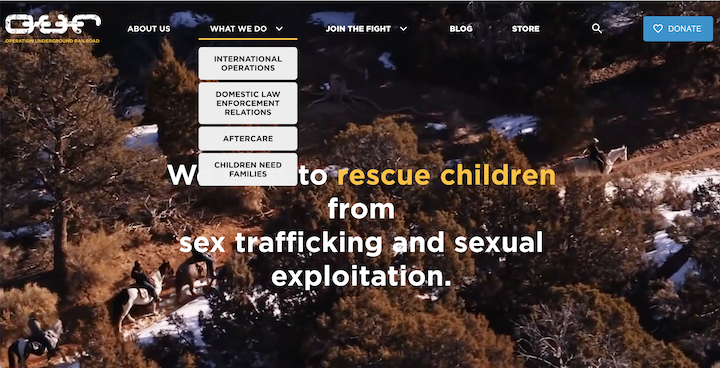
International Women’s Media Fund is another badass (in its own words) nonprofit website example with powerful imagery and no-nonsense copy.

Websites are works of art. While most industries have their own basic standard of how a website in that niche should look and function, you have the freedom to achieve that look and function in different ways. And you are free to adopt ideas from other industries as well. So use the website examples in this post to think about and test out the many ways to welcome visitors, show what you’re capable of, put your best foot forward, and meet your business goals.
The post The 15 Best Website Examples for Creative & Conversion-Boosting Ideas in 2022 appeared first on WordStream.
30 Instagram statistics marketers need to know in 2025 Hootsuite Blog * This article was originally published here Start making $300 pe...